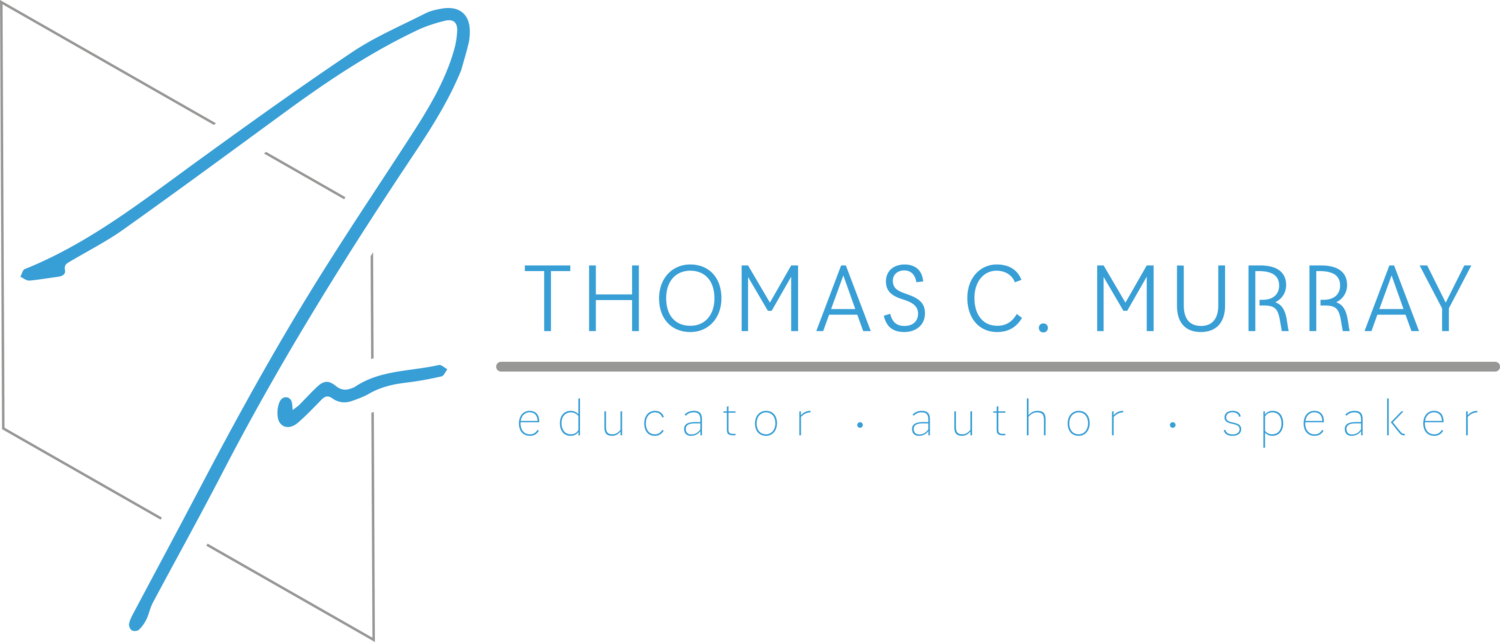Professional Development Reform: 8 Steps to Make it Happen
Every year, school districts around the country waste a tremendous amount of time and money on ineffective professional development. The traditional model of “sit and get,” where a one-size-fits-all approach is utilized, yields abhorrent results. Ask teachers from typical school districts in America their thoughts on traditional in-service time, and the feedback won’t be pretty. Professional development in many districts must undergo radical reform, from a model that’s outdated and ineffective to one that’s differentiated, meaningful and engaging.
How can school districts reform their professional development?
Clearly define and articulate the vision. Do all stakeholders understand the end goal? How should instruction improve due to the time that’s invested? How will students benefit? Can the vision be articulated by all staff members? Do staff help formulate that vision? Is the vision only one year or more long term?
Lead by example and model professional learning. Administrators must take on the role of lead learner by modeling professional growth. Staff will rise to the level of the bar that is modeled for them. Learn alongside your staff members and model expectations for them. Utilize time in an efficient and meaningful manner. Invest the time in professional development, not managerial tasks. Model and share your learning throughout the process.
Balance district-wide initiatives with the need for differentiation. Why is it that most districts preach a differentiated approach to learning for kids but then model the opposite when it comes to professional development for staff? With students, the expectation is to “meet them where they are” or “teach at the speed of learning,” and yet professional development is often “hurry up and do it this way.” Maintain a laser focus on the vision, while meeting the individual needs of staff members through a differentiated approach to learning.
Move from hours-based to outcome-based accountability. Move professional development to an integral part of the supervision process. Teachers should work side by side with supervisors to develop goals that specifically outline a plan for growth, both short and long term, and then be held accountable for results. Districts must work to foster an environment of professional learning communities, job-embedded learning, peer coaching, etc., to support teachers in the growth process. Supervision conversations must move from “I attended …” to “I learned and then implemented …”
Alter the traditional paradigm. All staff must recognize that professional development shouldn’t be viewed as set days each school year, but as an ongoing, daily learning process. Professional development is a professional responsibility, not a few additional days built into a teacher contract or a handful of after-school workshops. Stop spending the time. Start investing it. Do so daily.
Empower staff to design their own learning. Districts have incredible expertise sitting in their own classrooms yet often underutilize their own staff as part of the professional growth process. Teachers will see value when they are invested in the design process. Find ways to grow teacher leadership and build capacity in your staff.
Solicit teacher feedback. Districts need to seek out teacher feedback as to what’s working, what’s relevant and areas needed for growth. Is what you’re doing valuable in the eyes of your staff members? What do your best people think? Measure the effectiveness of your model by soliciting feedback from all stakeholders on a regular basis. Adjust and differentiate accordingly.
Expand your boundaries. Social media offers global networks of educators looking to connect and grow professionally. Utilize Twitter conversations such as #edchat, #satchat, #cpchat, #21stedchat and #ptchat to connect with educators around the world. Students need school districts to reach outside the confines of traditional borders to seek opportunity.
To be successful, professional development must be a core value of all stakeholders and an ongoing, outcome-based process, where the accountability for growth is high. Our students deserve, and need, this type of mindset.

